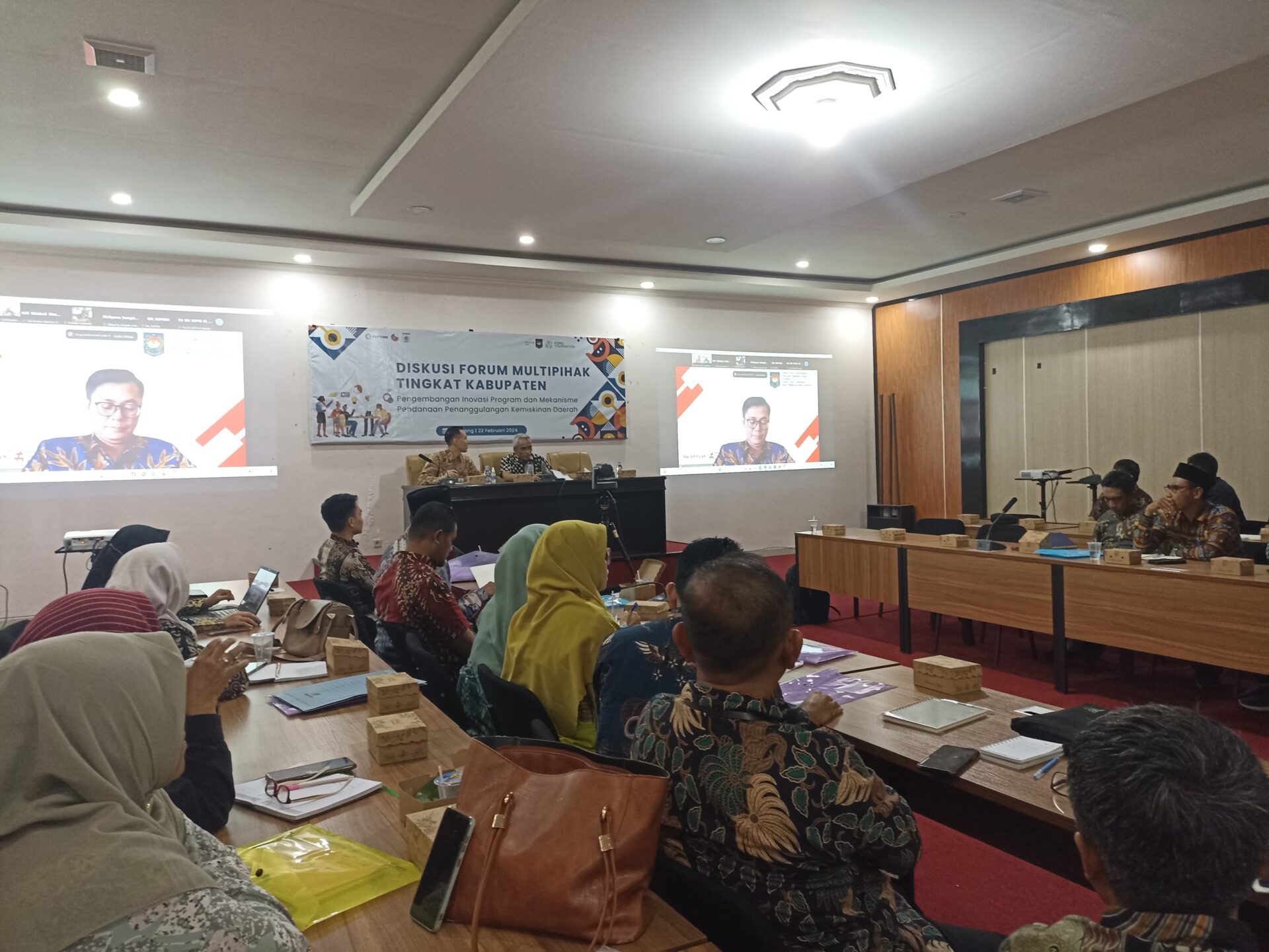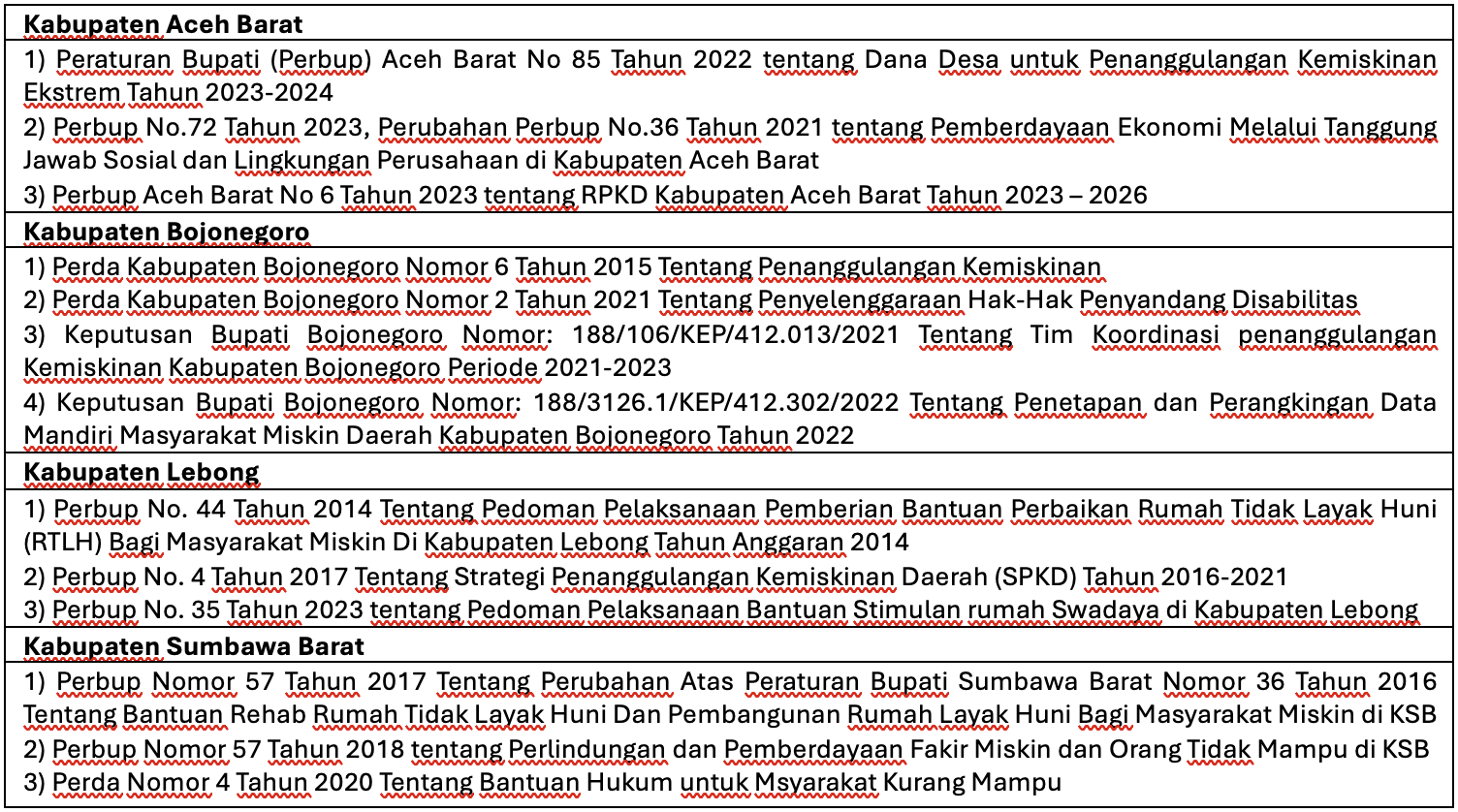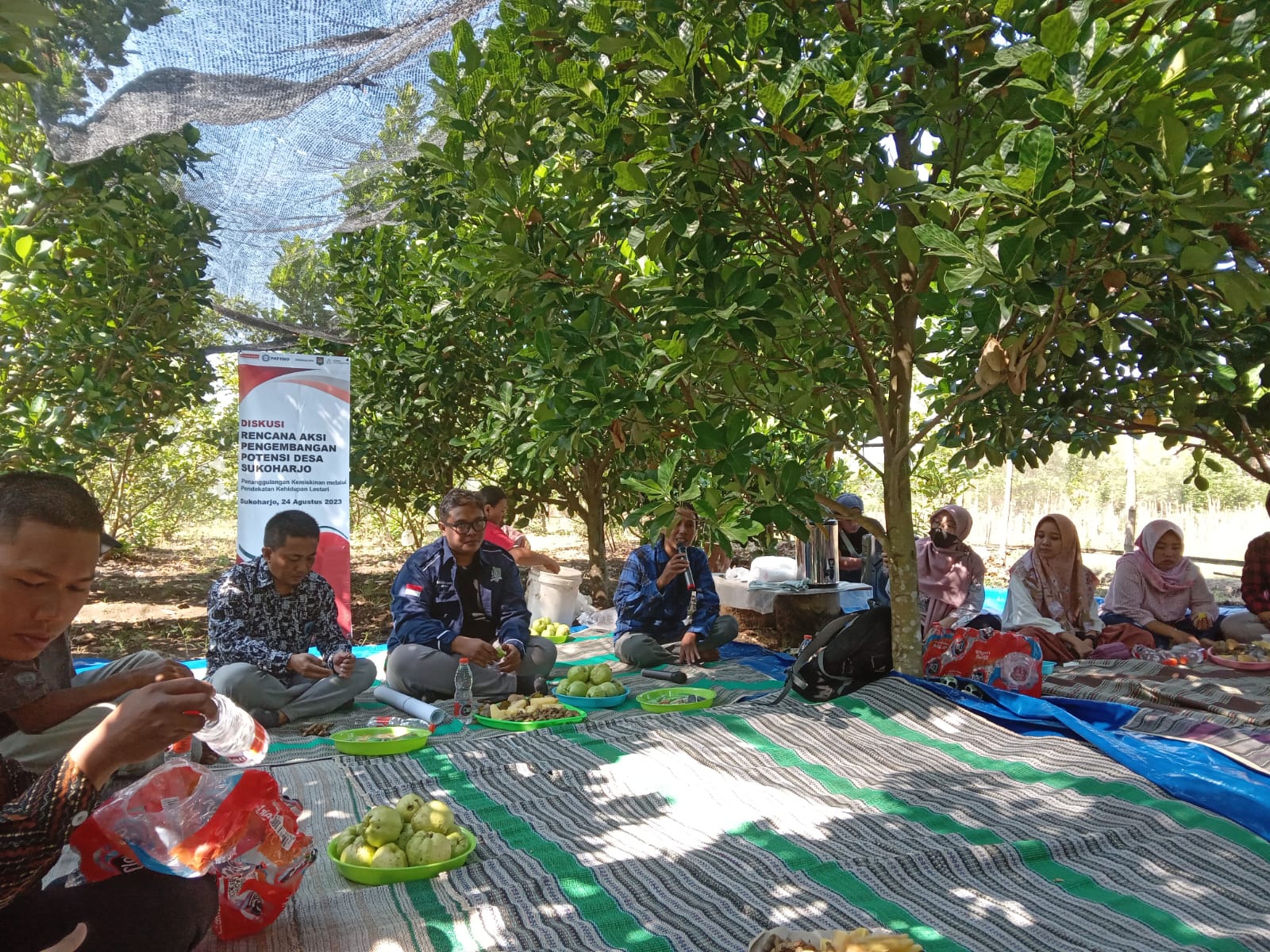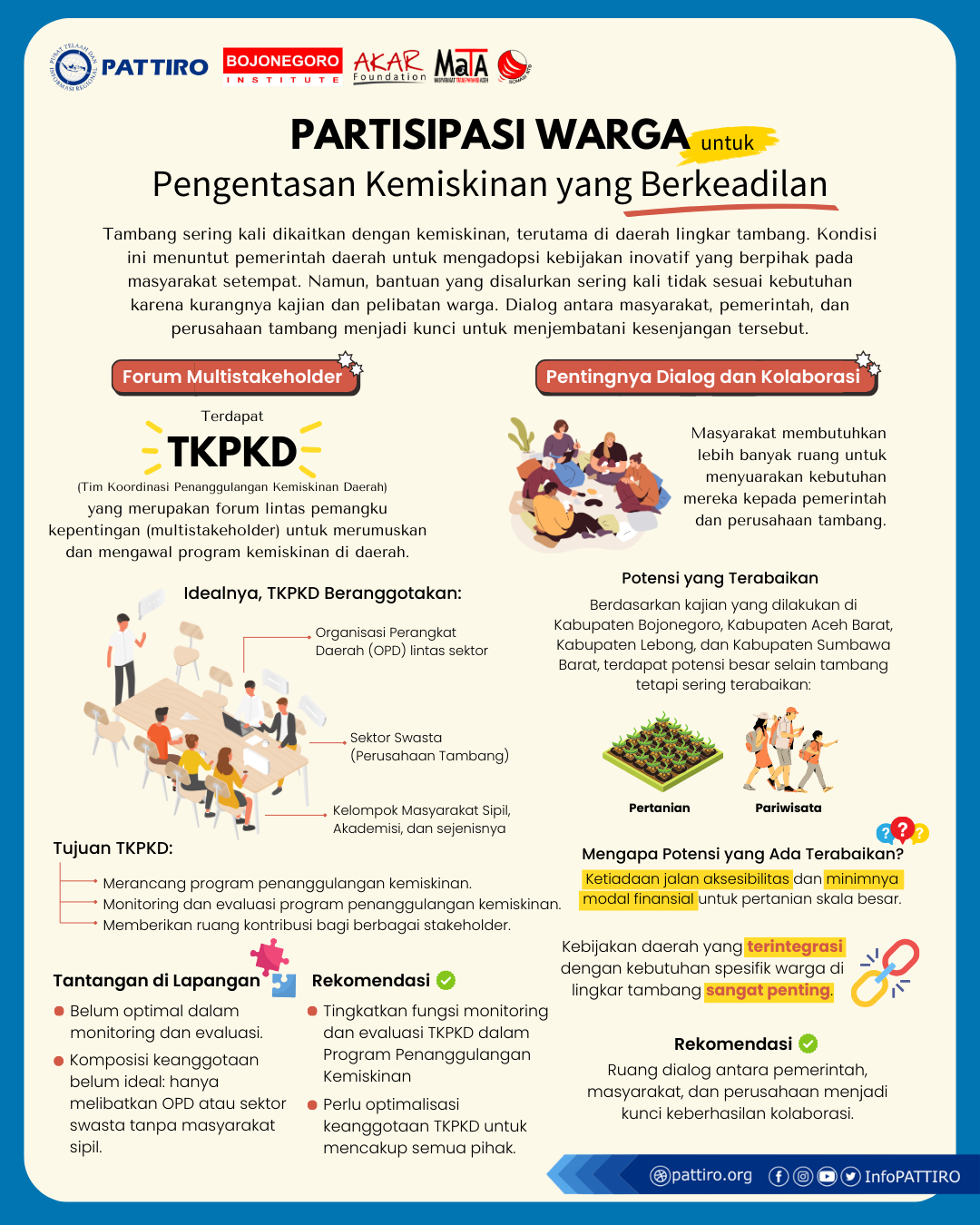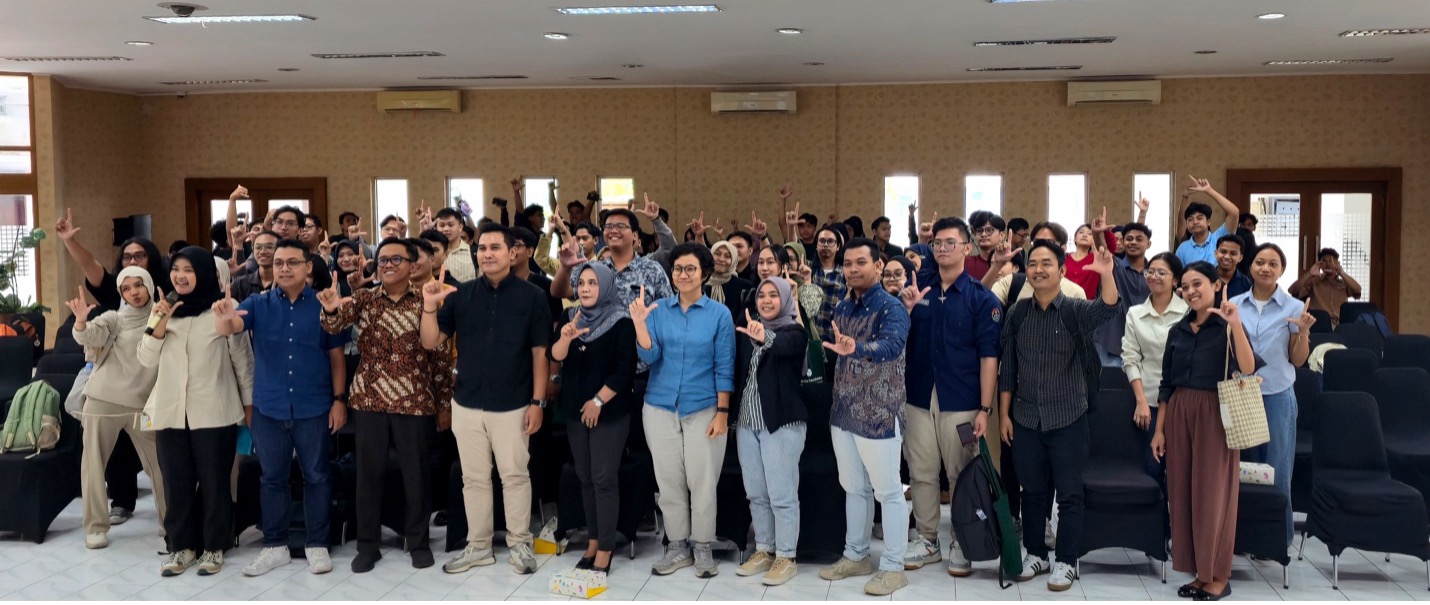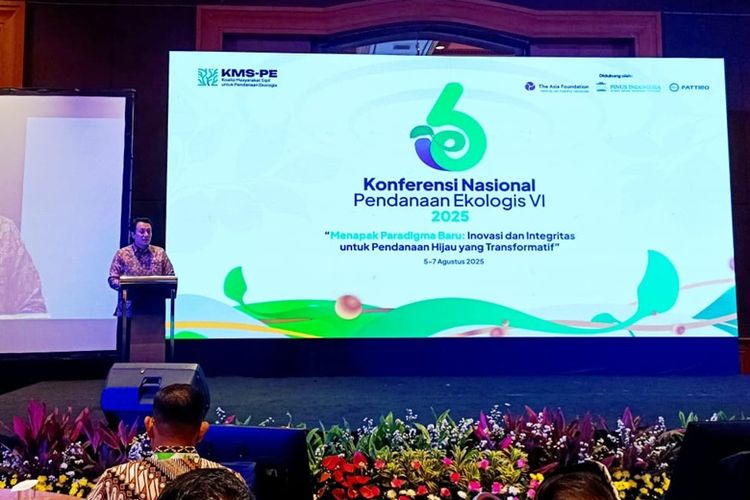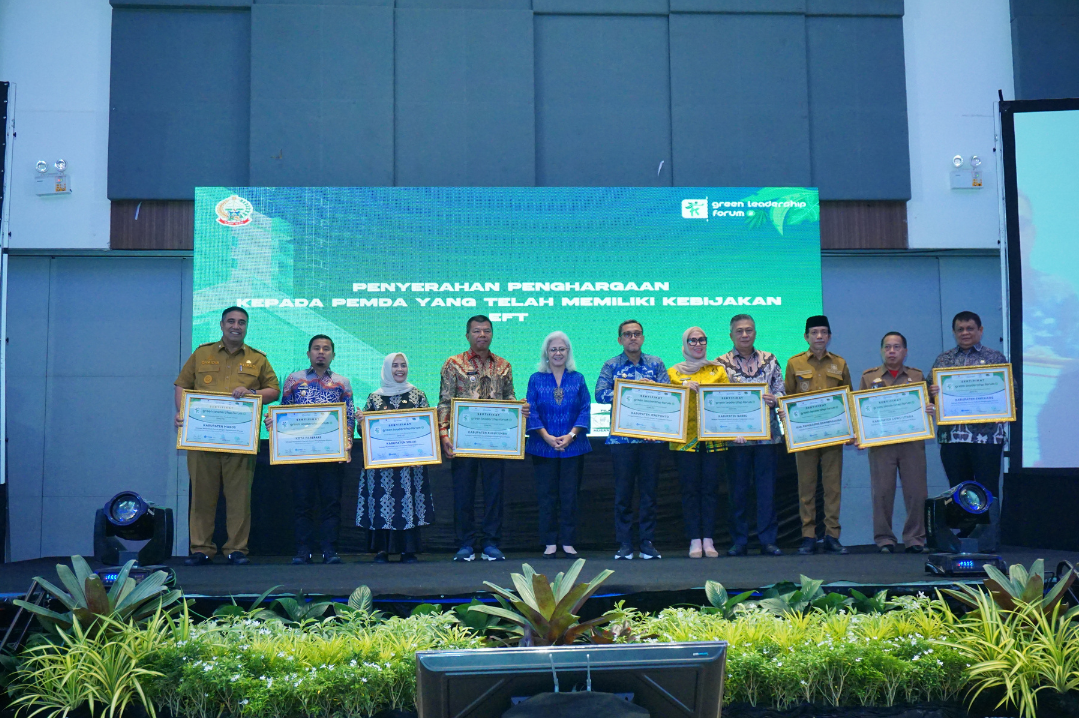Mining is a business sector with high profits. The fact that mining is closely linked to poverty and the mining ring area becomes a poverty pocket shows the need for local government alignments to the mining ring community through innovative policies. To address this effectively, we need to get out of the business as usualpattern.
Currently, the government’s poverty reduction policy in mining-rich areas is still compensation-oriented. Existing policies in West Aceh, Bojonegoro, Lebong, and West Sumbawa regencies under PATTIRO’s auspices focus on assistance to reduce their household expenditure, ranging from home improvement assistance and household stimulants to protection for the poor.
The direction of a number of regional policies follows the formulation of the national regulation on the handling of the poor, law (UU) No. 13 of 2011. This regulation affirms a number of responsibilities of the government and local governments in providing basic assistance to the poor. National policies that are triggered afterwards also usually depart from this law, and focus more on detailing poverty level targets, priority areas, acceleration, and the formation of poverty reduction coordination teams.
Table 1. Poverty reduction policies in four mining-rich districts
Source: The Author’s Team (2024)
The problem is that fiscal resources for poverty reduction in the areas mentioned are still limited. Although assistance to reduce poor household spending is needed, such a program will be hampered by the amount of the existing budget so that it is difficult to give a comprehensive effect. Faced with a routine budget that is constantly increasing, the effectiveness of aid programs will be eroded, especially in the long run.
On the other hand, studies on the Curse of Natural Resources remind us that mines shackle development because they generate disincentives to develop other sectors. With the abundance of profits generated by mines, stakeholders are fixated on developing the extraction sector and ignoring other sectors.
This is evident from our observations in West Sumbawa Regency, as confirmed by the SMERU study in the same area (Indrio dkk., 2024). Although this area has great tourism potential, the average citizen is more interested in working in the mines. Residents are not too interested in working in the hospitality sector or developing tourism businesses. Both in terms of wages to pride, working in mines is more attractive to young people.
Likewise with the government’s focus on tourism. Tourism requires adequate infrastructure to ensure the comfort and mobility of tourists. In fact, the construction of vital supporting facilities such as roads, electricity, internet access, sanitation, and clean water is still not optimal. In fact, diversification of economic potential in the mine ring areas is not negotiable. Mining is not a renewable natural resource, but also the price of the commodity fluctuates.
Fiscal Innovation
Mining-rich districts actually have room to formulate innovative fiscal optimization policies in favor of mining-ring communities. Although decentralization policies have encouraged equitable distribution of natural resource exploitation benefits to producing provinces and districts through the transfer of Revenue Sharing funds (DBH), these benefits have not been widely accepted by the mining ring area.
From this balance fund, the village law of 2014 stipulates that 10 percent must be allocated for the allocation of village funds (ADD). However, because it is distributed evenly to all villages under the Regency and prioritized to pay village officials, ADD is still more spent on funding village officials than poverty reduction programs. In areas such as Lebong Regency, ADD is not even sufficient for the salaries of village officials.
Meanwhile, DBH SDA in some of our study sites tends to increase from year to year. This trend follows the trend of increasing global mining investment and mineral commodity prices. We can imagine the availability of Strategic Funds for poverty reduction programs if local governments reformulate the balance of funds for ADD. Given the fact that more than half of the local government budget is spent on routine expenditures, especially employee salaries, there is actually fiscal room to set aside budget for poverty reduction activities in the mine ring. What is needed is a more progressive policy on the part of local governments.
The Bojonegoro Regency government has tried this. Since 2009, the Bojonegoro Regency government has formulated an innovative ADD scheme. The ADD is set at 12.5 percent of the annual DBH received from the central government, and as much as 40 percent of the ADD is focused on mining ring villages. This policy shows a clear alignment. The poverty rate in Bojonegoro is still high, but it is on a dramatic downward trend. Mining Circle Communities also usually have to face adverse economic and ecological impacts. The allocation of funds for mining ring village is a form of proper accountability.
Lebong Regency government is also trying to raise funds ADD. Something similar was done by the West Aceh Regency government, while modifying the Village Fund rules to find other budget sources. It’s just that, both of them still do it to meet the needs of fixed incentives for their village officials.
Other funds available to fund the mining ring poverty reduction program are Corporate Social Responsibility (CSR) funds which are part of the company’s social and Environmental Responsibility (TJSL) in accordance with Law No. 40 of 2007 on Limited Liability Companies and Government Regulation (PP) No. 47 of 2012 on Limited Liability Companies.
As done by the West Aceh Regency government, the local government can direct the company’S CSR funds to fund poverty reduction activities in the mining ring. Utilization of CSR funds from mining companies can support infrastructure development, provision of basic services, as well as improving the skills of citizens..
Engage the Community
Often, residents find gaps between local government poverty reduction assistance and what they need. This happens because in aid planning, the government does not conduct studies or involve citizens. Dialogue spaces between the mining circle community and the government and mining companies are important. The same applies to studies that depart from the right approach.
Actually, there is already a regional poverty reduction Coordination Team (TKPKD) which is a multistakeholder forum to formulate and oversee poverty programs in the regions. This Forum is a mandate of Presidential Regulation (Perpres) number 15 of 2010 on the acceleration of poverty reduction reinforced by the regulation of the Minister of Home Affairs (Permendagri) number 53 of 2022 on work procedures and work alignment as well as institutional development and Human Resources of the provincial poverty reduction Coordination Team and the District/City Poverty Reduction Coordination Team.
Ideally, TKPKD consists of regional apparatus organizations (OPD) across sectors, the private sector, and civil society groups. This effort actually intends to provide space to various stakeholders to be able to contribute in designing poverty reduction programs in the region. However, in practice this forum has not run optimally, especially in implementing monitoring and evaluation of poverty reduction programs.
In addition, in terms of tkpkd membership, only Bojonegoro Regency has accommodated the three stakeholders, while in West Sumbawa Regency, Lebong Regency, and West Aceh TKPKD still only consists of OPD Regency governments, there are also those who invite private parties without civil society groups even though their membership is passive in TKPKD.
In exploring the community’s perspective on the issue of poverty, PATTIRO together with Bojonegoro Institute, AKAR Foundation, MaTA Aceh, and SOMASI NTB conducted a study with a sustainable livelihood approach (SLA) in four mining villages in the districts mentioned. The thing that immediately sticks out is that these villages have potential and problems that easily go unnoticed.
Speaking of access to livelihoods from mines, so far the work positions obtained by the community from companies tend not to require high special skills such as drivers, food catering, hygiene, and security. They also get the economic cake through the informal business sector such as renting housing and opening services such as washing clothes.
With the low level of education relevant to the mining profession, educational assistance programs for residents in mining circles can bridge communities to be better able to access livelihoods from mines. Along with this, the company’s affirmative policy to open up more job opportunities for the mining community should also be encouraged.
The four communities in pattiro’s mining ring area have their own natural capital for agriculture and tourism. Constraints in empowering capital are related to infrastructure, financial access, and education.
In Lebong, for example, there is Liang Lake which has a high natural advantage. Located in a hilly area with high rainfall, this area has the potential to be planted with various types of Highland commodities such as coffee, tea, spices and fruits and vegetables. The problem is, this kind of area is difficult to access because of the absence of roads. The people of mining circles also do not always have the financial capital to start large-scale agricultural activities, and saving has not yet become a habit.
With more innovative ADD policies and local government programs in the mining ring that are connected to the company’S CSR, we can encourage programs that directly target the concrete needs of these communities.

